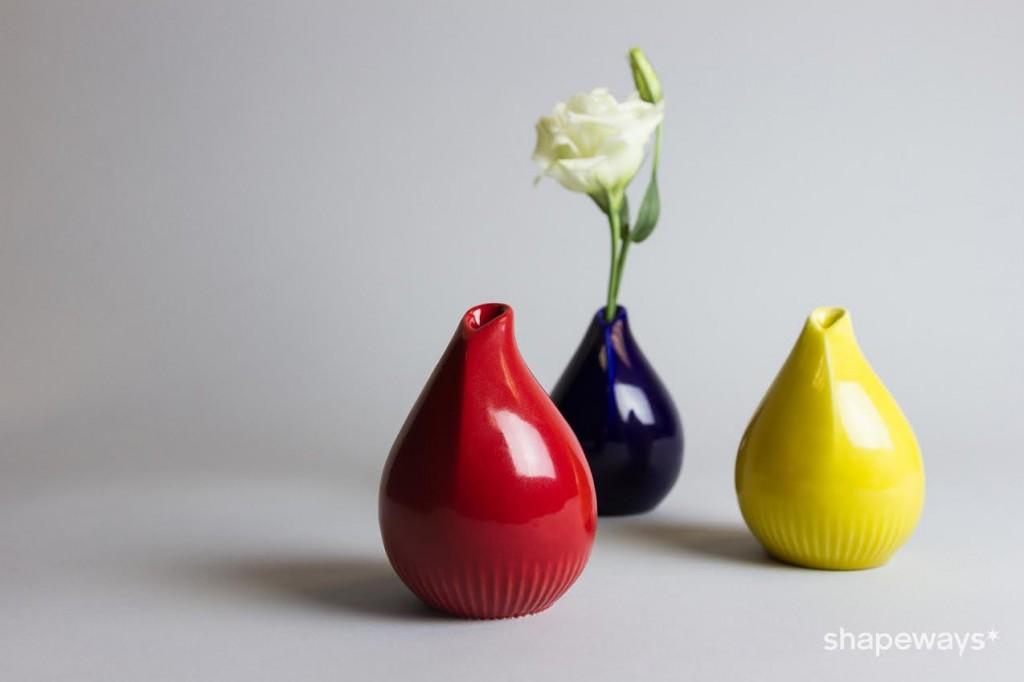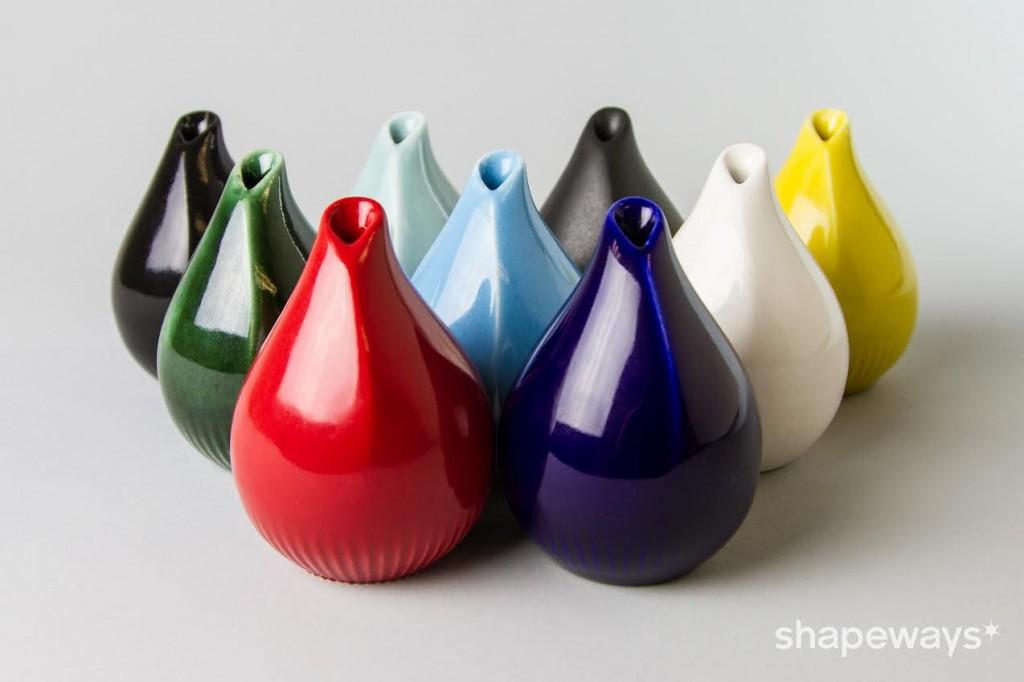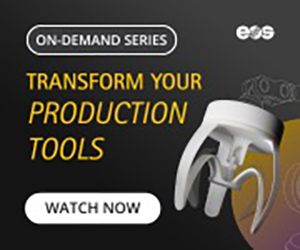![]() When discussing the future of the 3D printing industry with various experts within the field, about half of them believe we will one day have 3D printers in virtually every home, while the other half believes that the majority of 3D printing will be provided by services such as Shapeways and Sculpteo, or through web-like hubs such as 3D Hubs. The reasoning for the latter train of thought is that there will always be incredibly expensive high-performance machines out there making it more economically feasible for users to outsource the printing, rather than purchase various machines costing as much as six figures apiece.
When discussing the future of the 3D printing industry with various experts within the field, about half of them believe we will one day have 3D printers in virtually every home, while the other half believes that the majority of 3D printing will be provided by services such as Shapeways and Sculpteo, or through web-like hubs such as 3D Hubs. The reasoning for the latter train of thought is that there will always be incredibly expensive high-performance machines out there making it more economically feasible for users to outsource the printing, rather than purchase various machines costing as much as six figures apiece.
Shapeways, headquartered in New York City, obviously sees things in a more service-oriented light as well. They are the leaders when it comes to 3D printing as a service. One of the reasons for their lead within this market is the fact that they have an expansive number of materials with which they can fabricate objects on a wide range of 3D printers. Today, the company has announced that yet another material, porcelain, will be made available, and slowly rolled out to all  Shapeways users by early next year.
Shapeways users by early next year.
The porcelain material is truly groundbreaking when it comes to 3D printing, enabling quite an array of additional applications and products which would not have been 3D printable in the past. The material, which was developed in part by Dr. Stuart Uram of Core Cast Ceramics, is able to be used with Shapeways’ Selective Laser Sintering (SLS) machines. These are the same machines which produce items fabricated with the company’s popular Strong and Flexible material.
“The process for this material is closer to traditional ceramics than other methods of 3D printed ceramics production, so the end results have the beautiful quality of traditional ceramics with the unique design intricacy you can only get through 3D printing,” stated the company.
The porcelain is not actually being printed; instead, SLS machines will print molds which are then used to cast the items desired, meaning extremely fine details will be made possible.
There are several key benefits to printing with this amazing new porcelain material. Because of the strength of the material, larger items may be fabricated without the worry of breakage, while several classic porcelain colors, such as matte black and cobalt blue, will be available, enabling designers to create objects which appear to have been manufactured by traditional methods. Additionally, porcelain is dishwasher and oven safe, meaning no more worries about whether or not your 3D print will hold up under stress.
Initially, this new material will be rolled out to select designers with intentions to make it available to all Shapeways designers early in 2015. Let us know if you have tested this new material out. Leave your feedback in the Shapeways Porcelain Material forum thread on 3DPB.com.
Subscribe to Our Email Newsletter
Stay up-to-date on all the latest news from the 3D printing industry and receive information and offers from third party vendors.
Print Services
Upload your 3D Models and get them printed quickly and efficiently.
You May Also Like
3D Printing Financials: 3D Systems Turns Profit Amid Revenue Decline
3D Systems (NYSE: DDD) has reported its financial results for the second quarter of 2025, showing a drop in revenue but a sharp improvement in profitability, driven by cost reductions,...
Axtra3D Reports Strong Growth in First Half of 2025
Axtra3D, a company known for its high-speed Stereolithography (SLA) 3D printing technology, is seeing strong momentum in 2025. In the first half of the year, the company grew its revenue,...
Why Align Technology’s Slowdown Still Matters to 3D Printing
Align Technology (Nasdaq: ALGN), the company behind Invisalign clear aligners, reported lower-than-expected results for the second quarter of 2025. While the slowdown is tied to broader economic and dental industry...
AM Can Evolve to Drive Entire Markets, and the Dental Industry is Proof
In an era of challenges to the additive manufacturing (AM) industry, mostly driven by the technology’s relatively high cost at a time when financing production equipment is more expensive, many...






























